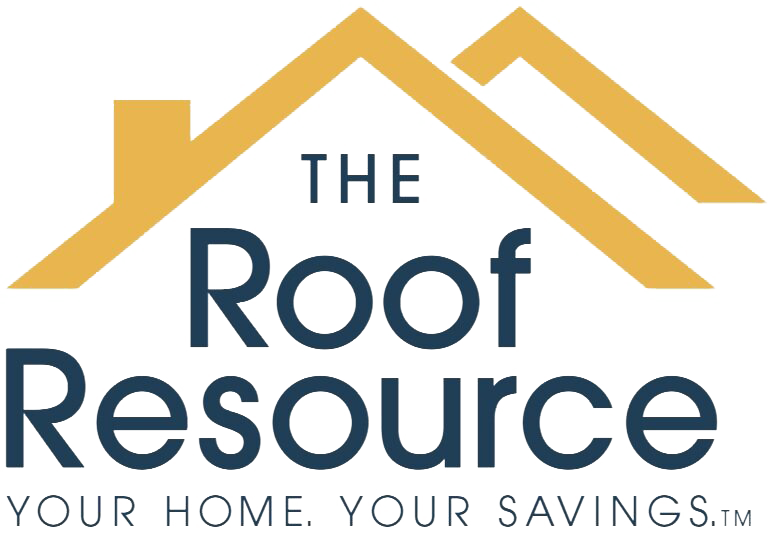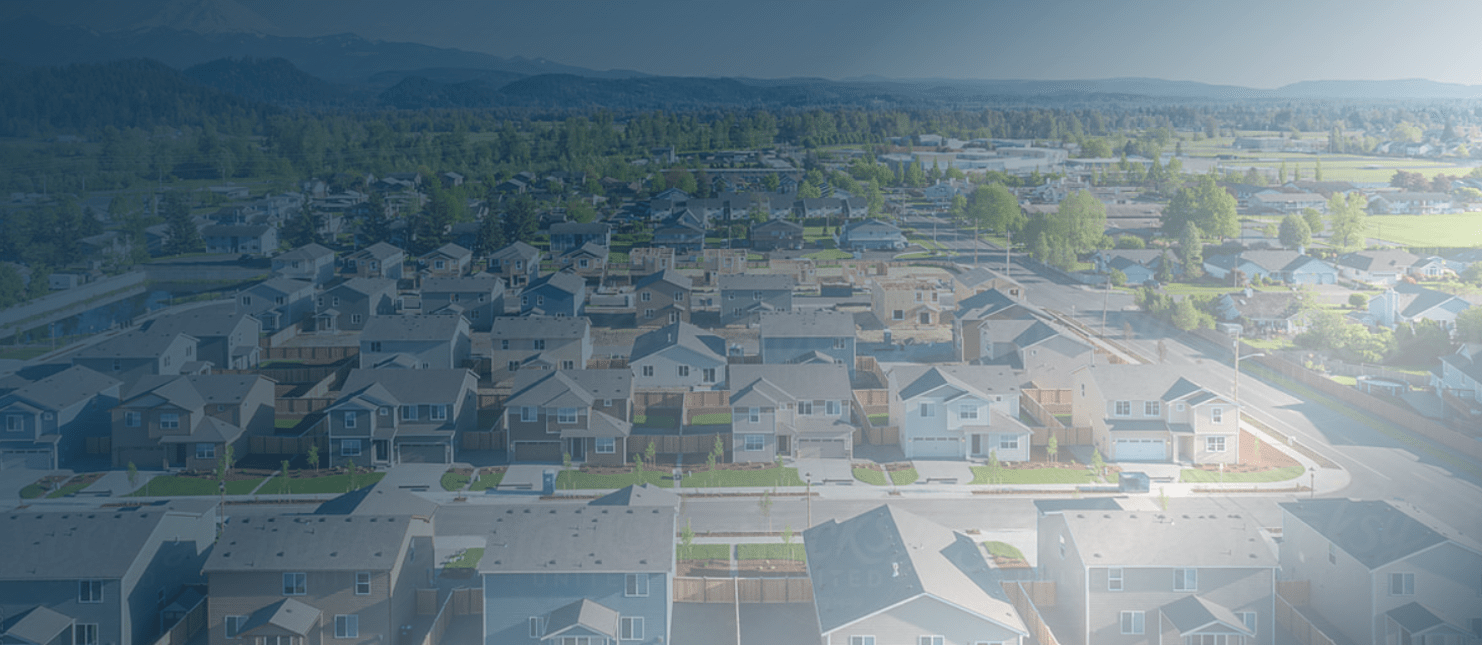Roofing in Farmington, MI
Expert roof evaluation for Farmington homeowners. Ensure your home’s safety.
If you’re a homeowner in Farmington, MI, evaluating your roof’s condition is crucial to ensure the safety and integrity of your home. A well-maintained roof not only protects your family and belongings but also adds value to your property. Understanding how to accurately assess your roof can help you make informed decisions about repairs or replacements. In this comprehensive guide, we’ll walk you through the essential steps to evaluate your roofing system effectively.
Roof Evaluation
Regular roof evaluations are essential for maintaining the structural integrity of your home. A thorough assessment can reveal potential issues before they escalate into costly problems. By identifying signs of wear and damage early on, you can save money on extensive repairs or premature replacements. Additionally, appreciating the condition of your roof allows you to plan for its long-term maintenance, ensuring its longevity and performance.
Initial Inspection
Begin your roof evaluation by conducting an initial visual inspection from the ground. Look for signs of sagging or uneven areas, missing or damaged shingles, and debris buildup. Check for granule loss in asphalt shingles and any signs of mold or mildew growth. It’s important to note any areas where the roof meets other structures such as chimneys or walls, as these are common spots for leaks to occur.
Interior Examination
Once the exterior assessment is complete, move indoors to inspect the roof from the inside. Look for water stains on the ceiling, peeling paint, or any signs of moisture or water damage. Attics and crawl spaces should also be carefully examined for indications of leaks, such as damp insulation or rotted wood.
Professional Assessment
While initial inspections can provide valuable insights, it’s essential to seek the expertise of a professional roofing contractor for a comprehensive evaluation. A professional assessment often includes a thorough examination of the roof’s structure, materials, and overall condition. They can identify hidden issues that may not be apparent during a visual inspection and provide detailed recommendations for repairs or replacements.
Factors to Consider in Evaluation
When evaluating the condition of your roof, consider the following key factors:
Age of the Roof: The age of your roof is a critical determinant of its condition. Most residential roofing materials have a lifespan of 20-30 years, and older roofs are more susceptible to damage and deterioration.
Weather Exposure: Farmington, MI, experiences a range of weather conditions throughout the year, from harsh winters to humid summers. Evaluate how your roof has weathered these elements and consider how it may have impacted its integrity.
Previous Repairs: Take note of any previous repairs or maintenance work that has been performed on the roof. Understanding its repair history can provide insights into recurring issues or potential weak spots.
Material Quality: Different roofing materials have varying levels of durability and resistance to wear. Assess the quality of the materials used in your roof’s construction and how they have held up over time.
Common Signs of Roof Damage
Be on the lookout for the following common indicators of roof damage:
Leakage: Water stains on the ceiling, damp insulation, or visible water infiltration are clear signs of roof leaks that require immediate attention.
Missing or Damaged Shingles: Cracked, curling, or missing shingles are a clear indication of wear and potential water intrusion.
Sagging or Uneven Areas: A visibly uneven roofline or sagging sections can signal underlying structural issues that need to be addressed promptly.
Granule Loss: If you notice an excessive amount of granules in your gutters or downspouts, it may indicate that your asphalt shingles are reaching the end of their lifespan.
The bottomline
Evaluating your roof is an essential part of maintaining your home’s overall health and value. nderstanding the key factors to consider and being aware of common signs of damage, you can proactively address issues and make informed decisions about the maintenance or replacement of your roof. Remember, regular evaluations and timely repairs can save you from costly and extensive damage in the long run.


